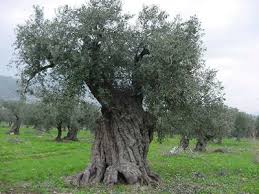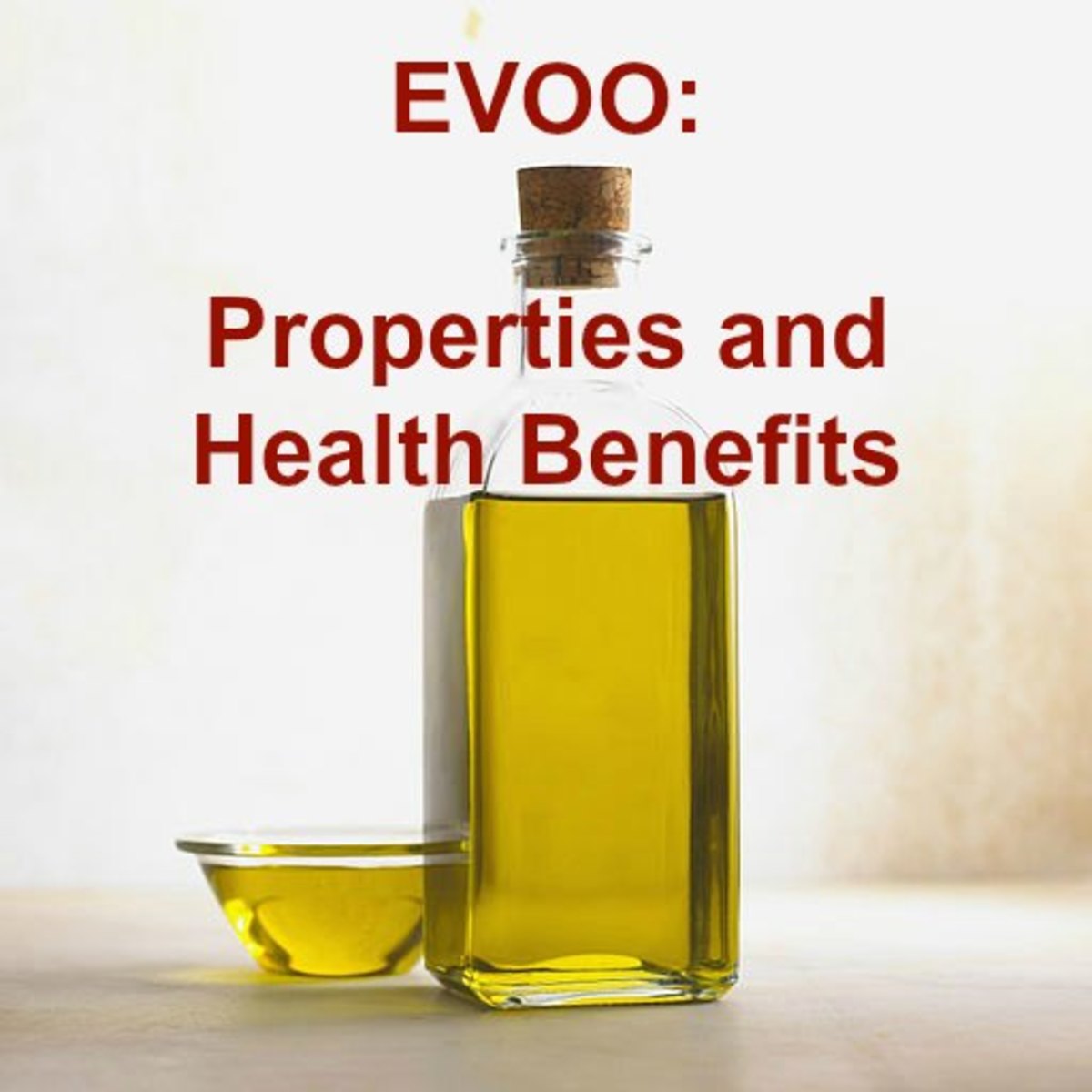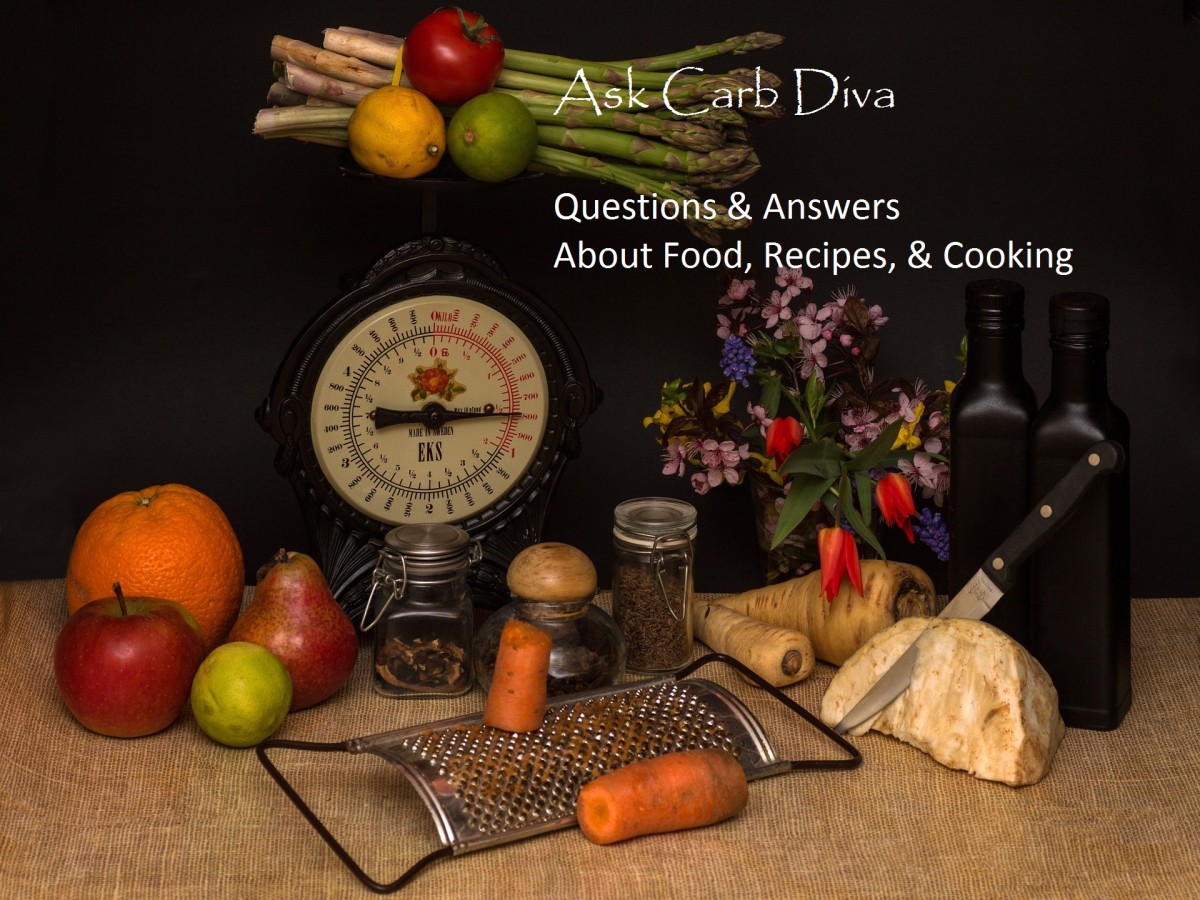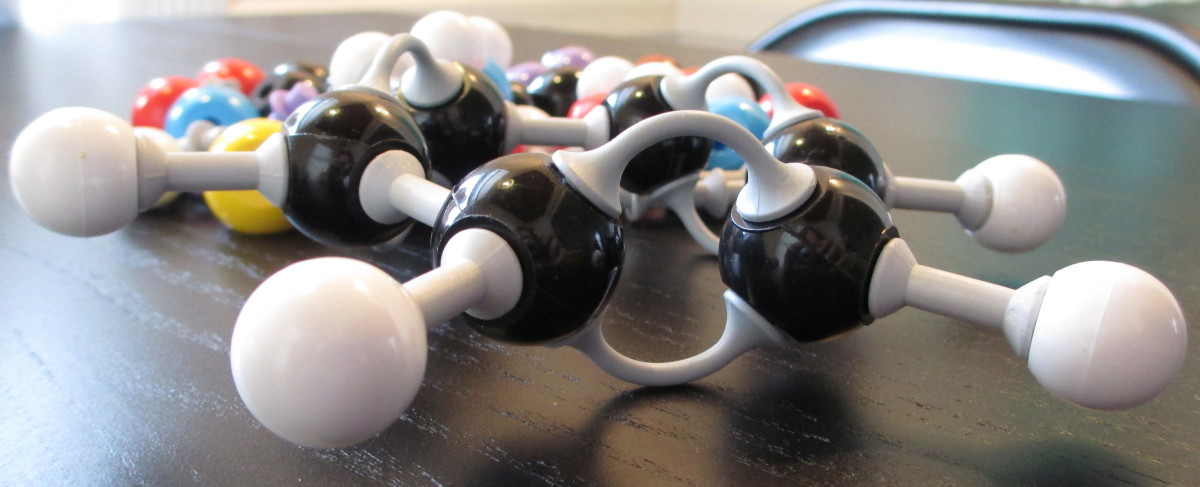Olive Oil: History, Production, Classification, Detecting Alterations, and Canning

Olive Oil: History, Production, Classification, and Canning
by Richard Brown
History
Olive oil was one of the very first traded commodities. For more than 6000 years it has been cultivated by eastern Mediterranean cultures. For most of recorded history there is no record of olive oil be consumed as part of a diet. It's earliest use seems to be for lanterns, because it burns slowly and for a very long time. Greek athletes coated themselves in it before competition because it makes the skin and hair look healthier. Kings, Priests, warriors, and lay people were anointed with it in many religious ceremonies.
The true origins of Olea europae L. var. Communis is not known but it is suspected that it could be a hybrid of 2 or more Olea from Syria or Sub-Saharan Africa.a. The cultivated olive is the only olive with large fruit that is edible. Almost everywhere were olives are grown there are wild olive trees and shrubbery called oleaster. Oleaster could be the seedlings of cultivated olives spread by birds and other animals or they might be more native forms of subspecies. All Olea have the same chromosome number (2n=46) and crosses have been successful (Vossen).
The first olives came to what is now the United States with Spanish priests. They brought with them selected cuttings of their “mission” variety from Baja California. Around 1870 several small oil producing orchards were planted along the Californian coast. The first commercially produced olive oil came from the Camulos Oil Mill (est 1871) in Vetura. Californian olive growers soon found that they could not compete with seed oils and European olive oils. In the early 1900s the black “California Style” olive was invented in the northern Sacramento Valley. The table olive industry maintained the olive oil industry as a salvage option. Currently table olive orchards are being taken out because of the high labor costs of hand picking and California olives are being imported from other countries. In the past twenty years demand for olive oil has increased due to it believed heath benefits. New agriculture methods have made it cheaper and higher quality. Because of our population size we manage to rank 4th overall consumption, the average American consuming 0.7l L annually making 8% of all fats and oils. The Greeks average 26L per person per year. We import 60 million gallons and domesticity produce 400 thousand gallons.
Production
Traditional olive production methods are no longer popular any were in the world. In the high density system growers can have between 100 and 340 trees per acre, that's a vast increase from the traditional dryland practice of between 12 to 70 trees per acre. In the high density system the trees come into fruit much faster (>7-10 years vs 15-40) with the same yield per tree. Any variety can be used. In the high density system the trunks of the trees are much smaller allowing for tree shakers to mechanically harvest the fruit instead of hand picking. The Superhigh Density method is still experimental but between 650-1250 trees per acre can be planted and the branches can be racked, further lowering costs. Only specific types of olives can be used in Superhigh Density method (Vossen).
Olives must be harvested with out breaking their skin. The fruit then is processed within 24 hrs. The fruit is graded and processed according to grade. Leaves and debri are removed but the olives are only washed if they have spray residue or soil on them. Washing them causes water/oil emulsions in the extraction process and the olive oil is less desirable because it is less bitter and pungent.
The hammer mill has replaced the stone mill. In a hammer mill the olives are pulverized by a machine spinning at high speeds that hurls them at a screen. The fineness of the screen can be changed for the varying ripeness of the fruit at that time.
The resulting paste is then churned for 30 to 60 minutes so that the oil will form large droplets increasing the efficiency of oil extraction. This is called malaxation. The newest trend is to remove oxygen from above the mixing tanks to prevent oxidation.
Again new technology has replaced old and olives are no longer pressed. The oldest method of extracting is to put the paste into a bin and let the oil rise. That takes to long, so it is put into a centrifuge. Cold pressed means that the paste wasn't heated in the exaction process, even if the ambient temperature was above 86 degrees F (30 degrees C); the maximum temperature before rapid destruction of olive oil quality.
From the waste water and pulp, Pumace Oil can be extracted using solvents like hexane. After processing the oil is allowed to settle in large vats for 1 to 3 months letting the remaining water and sediments to settle. New oil that is sold immediately after processing should be consumed within 6 weeks.
Classification
To be extra virgin the oil must pass a sensory test that ensures the oil has no defects. Virgin olive oil is allowed slight defects. This is evaluated by a person because human sensory is about 100 times more accurate than laboratory equipment and certain things like aroma and taste can not be tested by any other means. Texture is also very difficult to analyze by machine. Fruity, bitter, and pungent are good things for an olive oil to have (Vossen).
Fusty is caused by storing olives in piles. Olive oil that is fusty has undergone anaerobic fermentation were N-octane is produced from the decomposition of 10-hydroperoxide of oleic acid and isoamyl alcohol. It will taste musty if they were stored in humid condition for several days.
Muddy sediment is what happens when the oil was left in contact with the solid particles when it was sitting in the vat.
Winy or vinegary tastes are caused by aerobic fermentation in the olives. Chemicals such as acetic, ethyl acetate and ethanol are formed.
Olive oil will taste rancid if the it has undergone oxidation and a fragmentation of hydroperoxides. Compounds develop with unpleasant odors like aldehydes, keytones, acids, lactones, furans, and esters. Rancid olive oil will smell like varnish, wax, putty, crayons, old paint, and similar things.
It shouldn't taste burnt, which it will if the paste was heated for faster pressing.
If the olives were frozen before processing the oil will taste like wood. This is similar to milk that has been frozen. The many of the chemicals that create olive oil's distinct aroma are destroyed.
Greasy is a term used to describe olive oil that tastes like diesel or mineral oil.
The term vegetable water, is used when it tastes like it has been left with the fruit water after processing for a long time.
If the olives were preserved in brine that taste is going to come through in the oil. Brines are salt solutions, and will cause the olive oil to taste salty.
Olives that were collected with dirt on them, and they weren't washed, will contaminate the oil. Those flavors in the oil.
There are thousands of different varieties of olives each with it's own flavor. If the olive oil was produced from a single variety it is called “Monovarietal”. Most commercially available olive oils are a blend of different varieties.
Detecting Alteration
With the high production cost of olive oil, adulterations sometimes happen by mixing it with seed oils. Olive oil has a different triglyceride profile than other oils making it possible to distinguish how much olive oil is in a mixture compared to other oils.
The main component of vegetable oils is triglycerides and there is an official method of analyzing olive oils using reverse liquid phase chromatography with a refractive index detector, using the equivalent carbon number (ECN) as a parameter. ECN is defined as CN-2n. C is the acyl number of carbons and N is the number of bonds. Olive oil has 4 major concentrations of ECNs: 44, 46, 48, and 50. ECN40 is not present and ECN42 is only in trace amounts, unlike other vegetable oils than have high concentrations of ECN42.(Cuadros-Rodriguez) This is the official method used by the international oil council to prevent fraud.
Canning
Olive oil can be used for canning. When vegetables are canned with extra virgin olive oil it usually says that it is 'canned in extra-virgin olive oil'. But when the can is heated for persevering the olive oil would never pass quality inspection and be graded as extra-virgin.
Further during preservation the oil degrades with the vegetables each leaking into the other. Both have bioactive chemicals that will react with the other creating new chemicals. The contents of that can is not just a mixture of olive oil and the vegetable. During processing the vegetables produce ethylene, their cell membranes are degraded releasing enzymes and substrates, develop oxidative and enzymatic darkening reactions, and produce keytones, flavonoids, terpenes, alkaloids, tannins, and alcohols.
The oil begins to degrade mostly due to hyrolytic and oxidative processes effecting the triglycerides. First hydroperoxides are formed that then generate alcohols, aldehydes, keytones, and carbocylic acids. These cause the deterioration to speed up even faster. Hydrolysis of the triglycerides helps the oxidation by increasing free fatty acids.
This starts with pasteurizing using the heat to react the pro-oxidative chemicals like oxygen, unsaturated fat, free acids, and catalytic metals. The antioxidants such as carotenoids, tocopherols, phenolic compounds slow the rate, but it continues for the rest of the preservation. The contents of the preserve are strongly modified.
The oxidation effects the aroma and taste of oil; the two major sensory tests that determine extra-virgin olive oil. These effects have implications beyond a minor labeling. The legal standards of when it becomes 'inedible' is if it fails to make virgin oil grade. These would no longer be considered slight defects in the grading process. “This makes the standards established for extra virgin olive oil inadequate.”(Lucchett) It also makes it difficult to fight fraud with the current methods of determining an oils nature. Peroxides were above legal limits for olive oils with in 6 months. Immediately after pasteurization the acidity was to high to pass as extra-virgin.
Olive oil is a superior covering oil. The vegetables peroxidation and acidities were slight but negligible after 1 year. The olive oil it's self will be far from extra virgin after the canning process and continue to degrade. Olive oils antioxidive powers will preserve the substance being canned. The taste quality controls would prevent the selling of the canning medium substance after 6 months. “Canned with extra-virgin olive oil” would be accurate phrasing.
Conclusion
Olive oil is a versatile liquid with a complex nature. It is unique among vegetable oils. Olive trees are one of the oldest cultivated plants. No one is quite sure were it is native to or what species it started out as. Greeks, liked to wrestle wearing only it; now they perspire it. The traditional methods of growing the trees are no longer used. A variation of the original method used for the separation of oil from water and pulp, replaced the stone press. Olive oil can be identified from all other oils by it's unsaturated fats. It can be used for canning but it's no longer extra-virgin and the Greeks probably won't want to wear it.
Work Cited
Cuadros-Rodríguez, L. et al. "Discriminating Olive And Non-Olive Oils Using HPLC-CAD And Chemometrics." Analytical & Bioanalytical Chemistry 399.6 (2011): 2083-2092. Academic Search Complete. Web. 17 Mar. 2013
Lucchetti, S., A. Argiolas, and G. Pastore. "Chemical And Physical Changes Occurring In Extra Virgin Olive Oil Used As A Covering Medium For Vegetable Preserves." Italian Journal Of Food Science23.4 (2011): 415-422. Academic Search Complete. Web. 17 Mar. 2013.
Vossen, Paul."Olive Oil: History, Production, and Characteristics of the World's Classic Oils." HortScience 42.5 (2007):1093.








